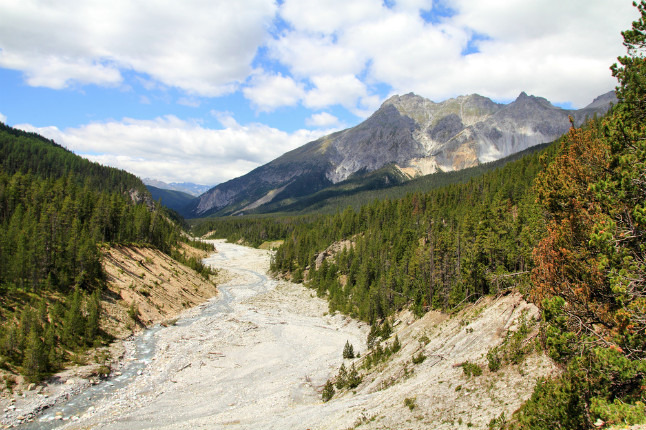A Guide To Switzerland's Only National Park
As you gaze at the rugged green Jura Mountains and the snow-socked, endless Alps or cross the rolling, lake-strewn Swiss Plateau between them, it's easy to mistake the whole of Switzerland for one giant national park. The country is a massive, pristine outdoor playground that's ripe for adventure—from whitewater rafting near Interlaken to mountaineering on the famous Matterhorn in the Pennine Alps. In this fairytale land, there's even a bouldering area called Magic Wood.
Ride a train (perfectly on time, of course) anywhere, though, and you'll start to notice that among the acres of seemingly pristine forests, meadows and mountains are tucked neat Swiss homes, prosperous homes and incredibly picturesque villages. Perhaps it is because people have integrated so well into nature that the country only boasts one true national park.
Swiss National Park is located in the eastern part of the country in the canton (state) of Graubünden, with its visitor center in the village of Zernez. The 67.3-square-mile protected area was founded in 1914 on August 1—the national holiday of Switzerland—and was one of the first national parks in Europe.
The Swiss are very serious about protecting nature within the park boundaries. Visitors must stick to marked trails and are not allowed to make fires, bring in pets or camp, and all waste must be packed out. If you want to stay overnight in the park, there are two options: the Chamanna Cluozza or the Hotel Parc Naziunal Il Fuorn.
Within the park, there are 21 hiking routes that comprise 50 miles of trails. For anyone interested in geology, the area offers interesting geologic features (dinosuar tracks!) and rock formations made of dolomite, radiolorite and limestone.
The alpine flowers draw many visitors in late spring and summer. Alongside the trails, you can find edelweiss, hairy alpen-rose and vanilla orchids, among many other species. It's also possible to spot many different animals including brown bear, elk and the bearded and golden eagle.
The park is easily accessible by train or bus. For more information about the area, visit the Swiss National Park website.
